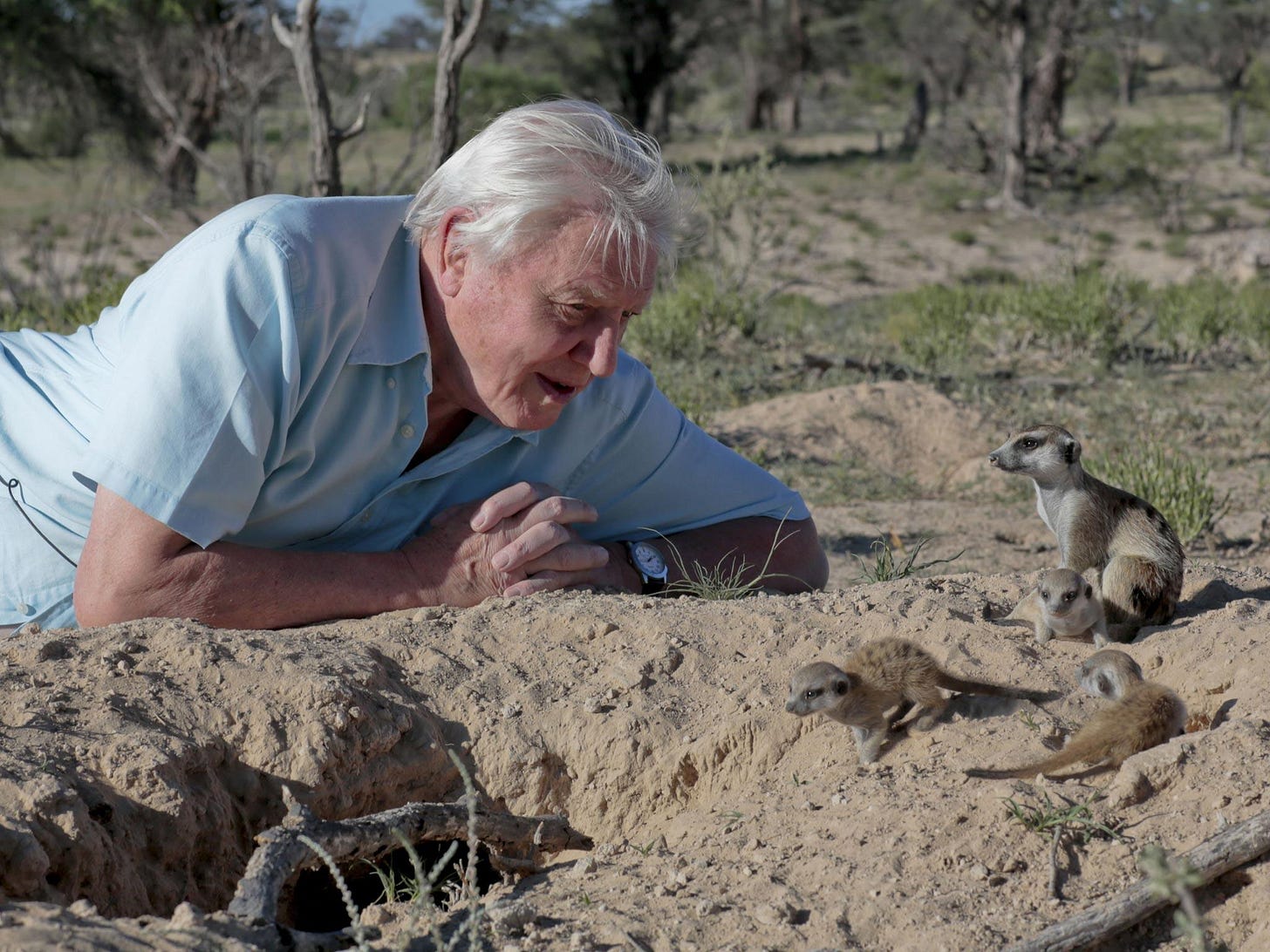
From the Devil Wears Prada Source:https://gifer.com/en/LXR
At the beginning of the year, I embarked on a new challenge in my job: creating a new product from scratch.
It felt a bit like a sculpture in front of a block of marble. That block can be anything. In the same way, the artist sees something in that block and, bit by bit, chips away at their creation, and I felt the same with my Figma canvas.
The more research I did and conversations I had, the more I could add something on the canvas that made sense and created something usable and functional.
In the end, I could see my work in the real world. I loved it. But honestly, I needed my tech heroes to make things a reality, so I can’t take all the credit for that!
Anyway, let me give you more context and less artistry fluff. Let’s start with what type of product I am talking about.
I work for a B2B enterprise business within e-commerce and logistics. We aim to improve customer experience when it comes to returns and make the whole reverse logistics more profitable and sustainable.
Every problem is an opportunity
Early this year, we saw an opportunity to help warehouses sorting parcels. They were receiving consumer returns from around the country and meant to go back to the retailer.
Being a completely new service, the operation was done manually, which resulted in being confusing and prone to error. It also didn’t provide real-time data to both consumers and retailers. This highlighted an excellent opportunity for new technology to improve process accuracy and provide tracking.
Given the compressed timeline, we gathered our primary information from stakeholders, which allowed us to define what constituted an MVP, the primary outcomes and the metrics for success.
Also, the business already created an Android app so that the tech could be based on existing technology.
Technology doesn’t create an experience
Whilst everything seemed defined from a technical point of view, I was concerned about designing a staff experience for a warehouse. Why? I had never been in a warehouse or seen the work there. I had no idea how people scanned parcels or sorted them. How can I design a completely new product without the physical context of where the product will be used?
After a few conversations, we found the right compromise to run a field study. I created rough designs of a potential app with the flows we thought were required, even the interactions. This was the hook to get the business interested in testing the app. The prototype in Figma looked so real that everyone was excited to see it in action, so after a few weeks, I was on a plane to test it!
Field studies are the REAL source of truth

Sir David Attenborough is a British broadcaster, biologist, natural historian and author. His documentary reminds me how much we can learn from observations in the wild
I am happy I managed to get to test the prototype before we made the final decision on the product because what I created wasn’t right!!!
During the trip, we had several meetings with warehouse leaders and subject matter experts. We watched them use the app in the office. They were able to give us feedback on the app’s language and whether some of the flows we created were possible in a warehouse context. I managed to refine the prototype in a matter of hours before we entered the warehouse.
Once in the warehouse, we created a simulation of the sorting process. It was amazing to see the actual process coming together. We made a fake station with empty boxes to simulate parcels coming from drop-off points and other boxes representing the parcels with the items needing to go back to retailers. I recruited a few staff members and asked them to use the app, pretending they were customer returns meant to be returned to the designated retailer. The prototype was acceptable. However, I noticed a few things that I couldn’t come up with unless I were there.
1. In context, people show different behaviours
I noticed that the staff had to handle the device to scan parcels, which was just a phone, and the parcels to place them in the correct retailer box. The phone was using the camera to scan the parcels, and it was clunky. We needed a suitable handheld device to facilitate the scanning process and make it faster.
2. People don’t have to love your app. They need to get sh*t done
The journey was simple, and after a few attempts, the staff almost didn’t look at the app. We want to think that our digital app is the best thing in the world and people might love interaction and design. However, the app was just a medium to scan parcels in this case. People didn’t care about the lovely parcel interaction opening or cute check marks coming to life. They just wanted to sort the parcel in the correct retailer box. Therefore, we deleted interactions and additional confirmation screens to speed up the flow.
3. Edge cases can rock the boat
The staff behaviour was interesting too. They just wanted to get the job done and get over their shift. This helped us think about more edge cases and what things might go wrong during their shift that the app needed to consider. What happens when a staff member leaves the journey in the middle of it? And if the device is left somewhere whilst on break? What if they forgot to scan an inbound parcel?
Companies today are desperately focused on velocity and getting to the market as quickly as possible, so it’s tough to get field studies approved. However, there are behaviours from users that can’t be noticed or validated unless you watch them in context. We can design beautiful interfaces as much as we want, but if products do not meet the user's needs, they won’t be successful. It’s as simple as that.
Also, observing user behaviours in context helps inform future needs and opportunities that can create a world-class product.
